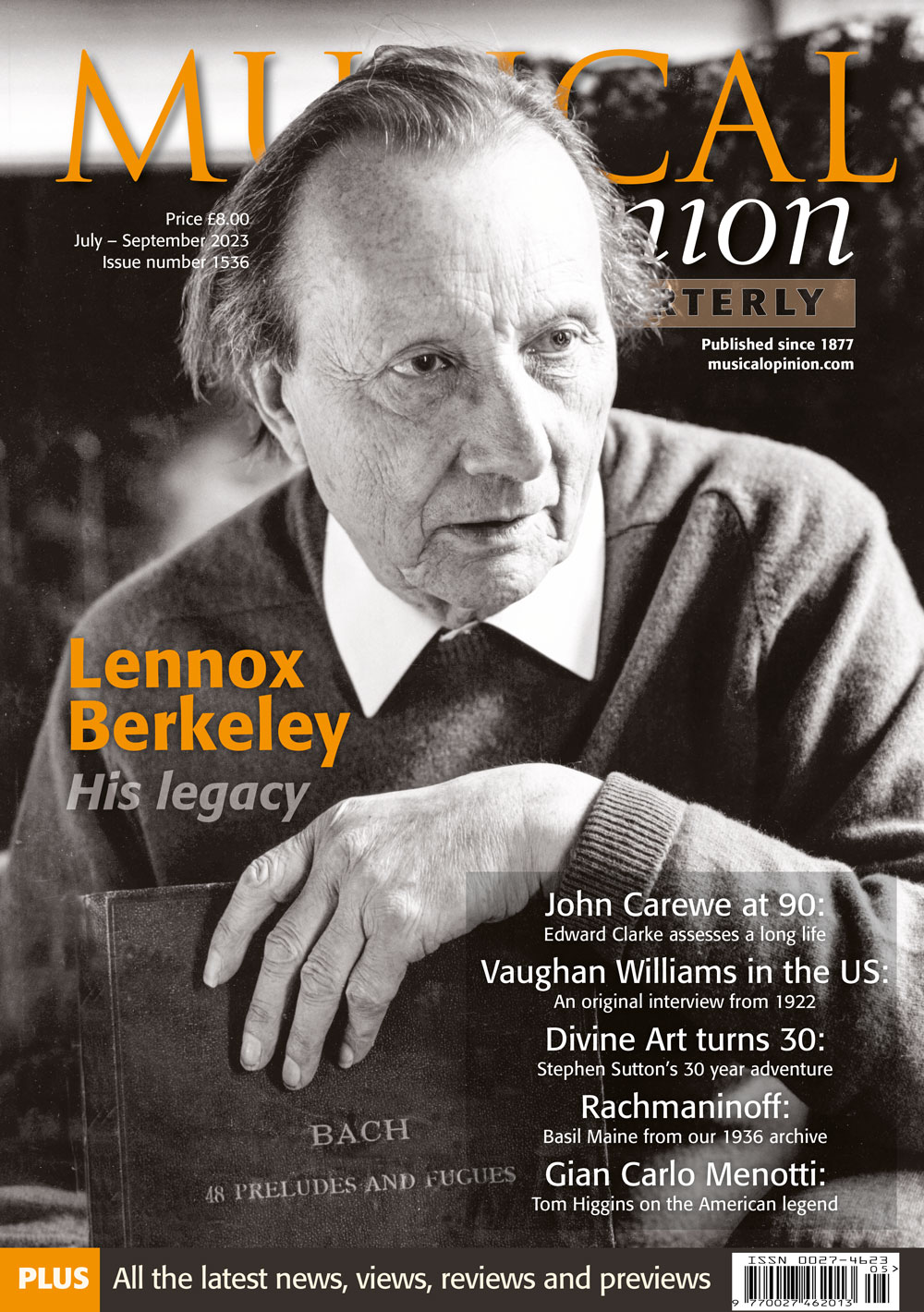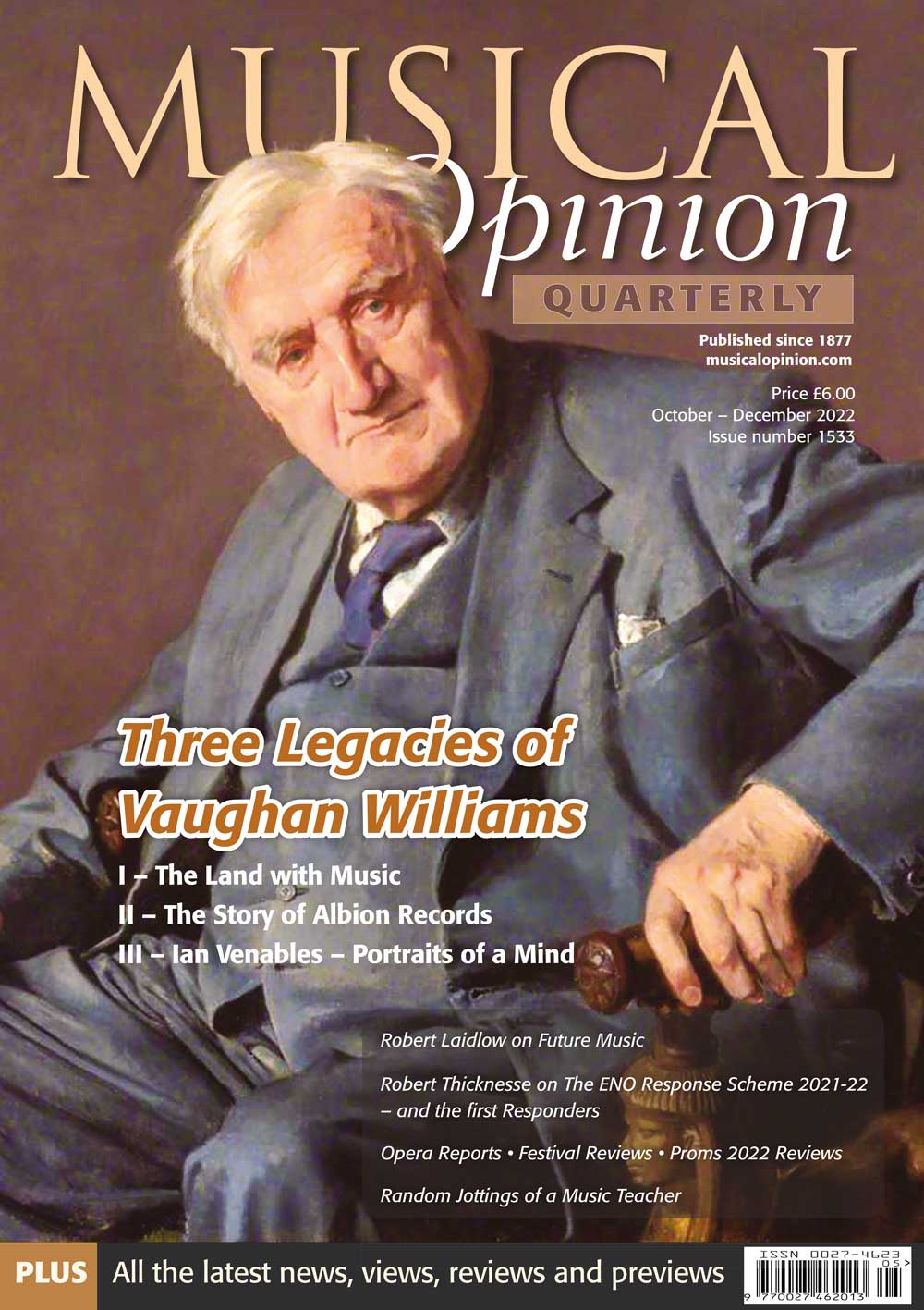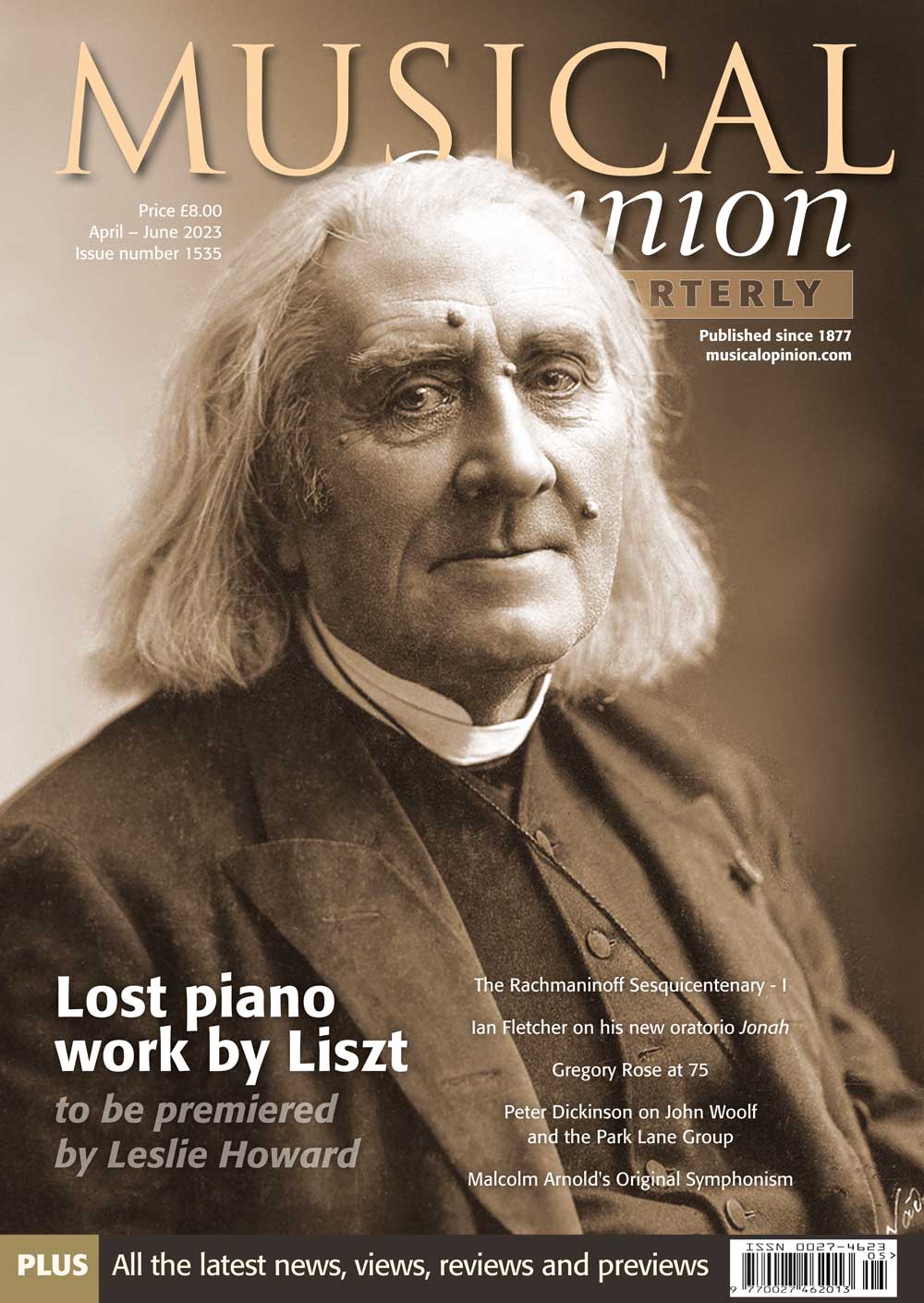Previous Issues
Summer 2024. Issue 409
Suite de Pièces pour Violon et Orgue
Spring 2024. 408
Winter 2024. 407
Autumn 2023. 406
Summer 2023. 405
Spring 2023. 404
Winter 2023. 403
Autumn 2022. 402
Summer 2022. 401
Spring 2021. 400
Winter 2021. 399
Autumn 2021. 398
Whilst staying at A4 size and 56 pages, the magazine has been completely redesigned with different fonts (more easy to read), bigger photopgraphs, more focus on things like specifications and more CD reviews of organ repertoire.
Summer 2021. 397
Winter 2021. 395
Autumn 2020. 394
Summer 2020. 393
Spring 2020. 392
Winter 2019. 390
Autumn 2019. 389
Explore By Topic
Spring 2021. 396
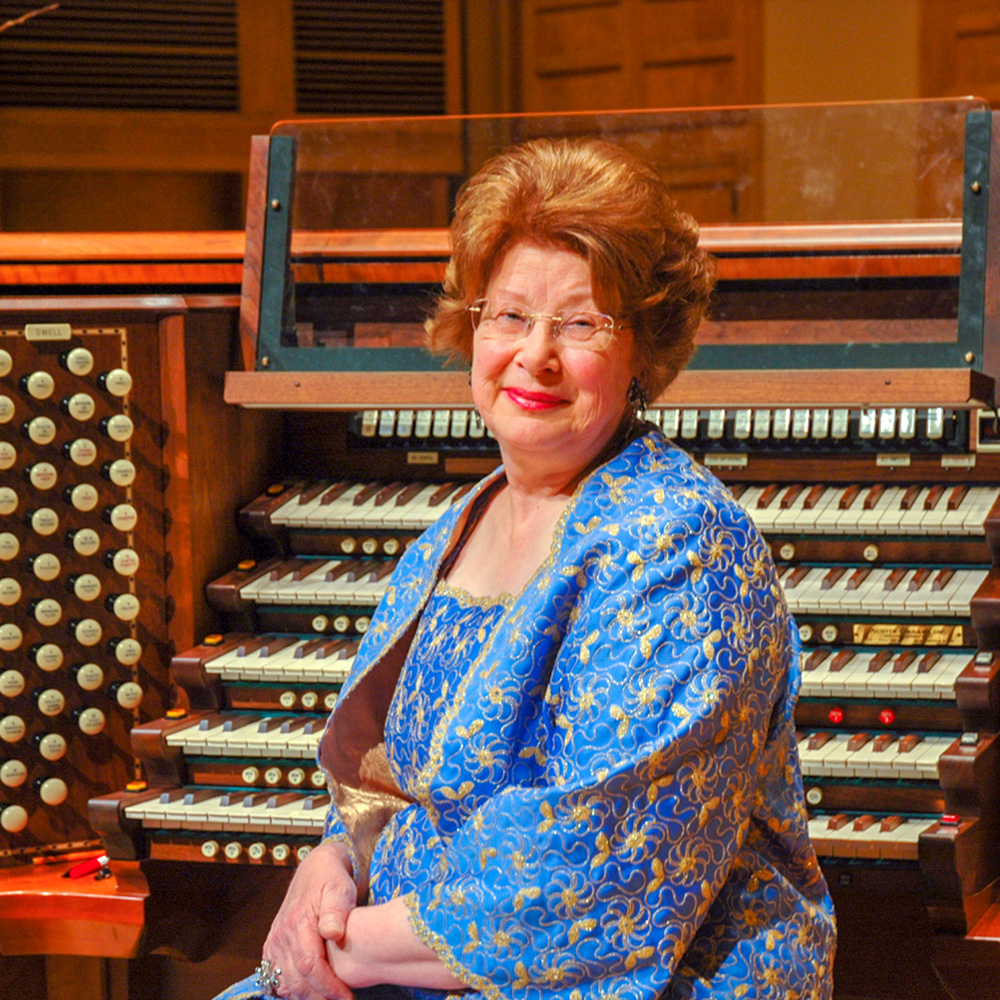
Gillian Weir – A Celebration
James Palmer
As music-lovers who are also record collectors will immediately recognise, this set constitutes what may well be the most significant tribute paid by the gramophone to any organist in living memory. It is more than justly deserved and is made more valuable and important in that no fewer than ten of these CDs contain performances, recorded by the BBC, which have never appeared on commercial discs.
Dame Gillian Weir needs absolutely no introduction for readers of this publication: she stands head and shoulders above so many of her contemporaries and successors as an artist, and this compendium will stand as a lasting example of her profound musicianship, insight and technical command. FULL LISTING OF CONTENTS FOR EACH CD.
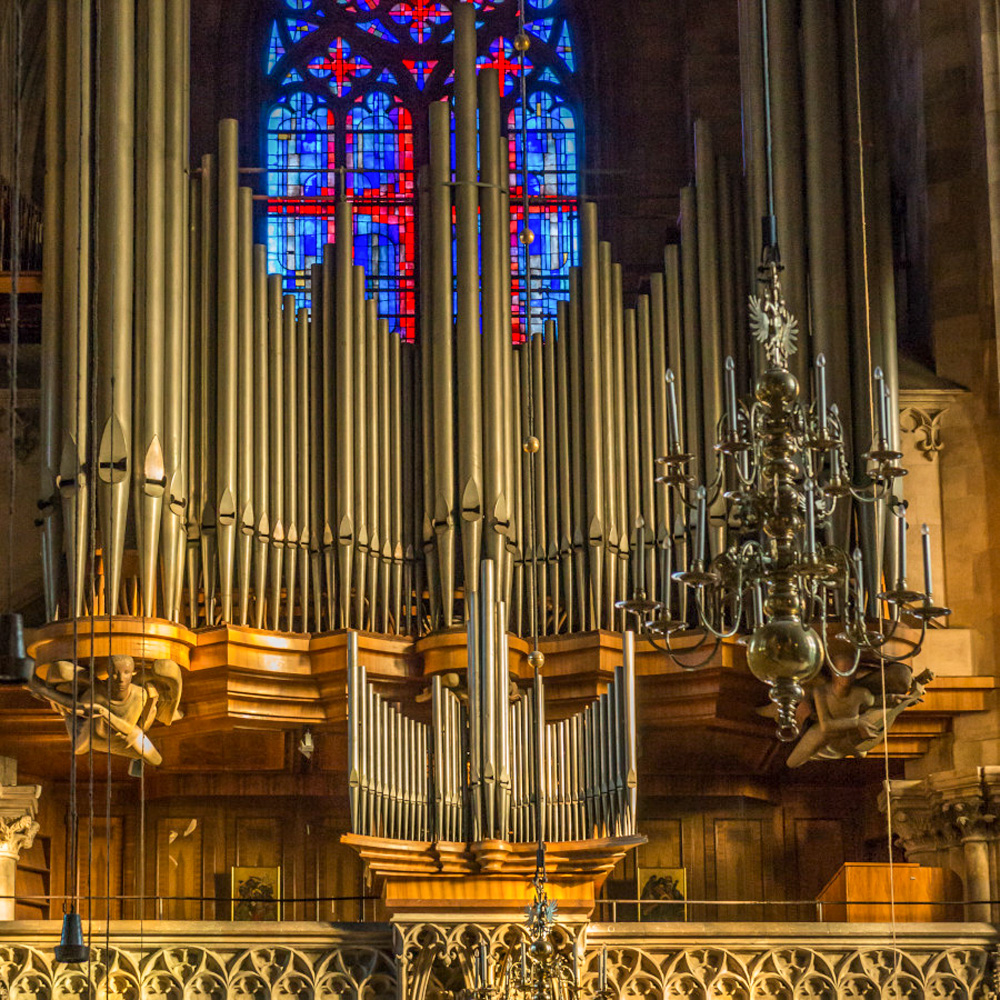
An Austrian change for the world’s largest organ list
Dr Michał Szostak
In the shadow of the pandemic, which for a year has been affecting us in all areas of our lives, 2020 saw an important but very quiet event in the world of organ building. After three years of intensive work, the restored main instrument in the cathedral of St. Stephen in Vienna, electronically connected with the choir organ, changed the balance of power in the rankings of the largest instruments in the world. It is worth adding here that since 2007, from the completion of the Zych organ in the Basilica in Licheń Stary, Poland, until the end of 2020, these rankings remained unchanged.
The first documented mention of the church and parish of St. Stephen was in 1137 in correspondence between Babenberg Duke Leopold IV of Austria and Bishop Reginmar of the German city of Passau. This date is associated with the construction of the first Romanesque church in there; it was consecrated ten years later, in 1147. The historical turmoil did not spare the church but there were efforts to lift the building from the ashes every time. WITH FULL SPECIFICATIONS
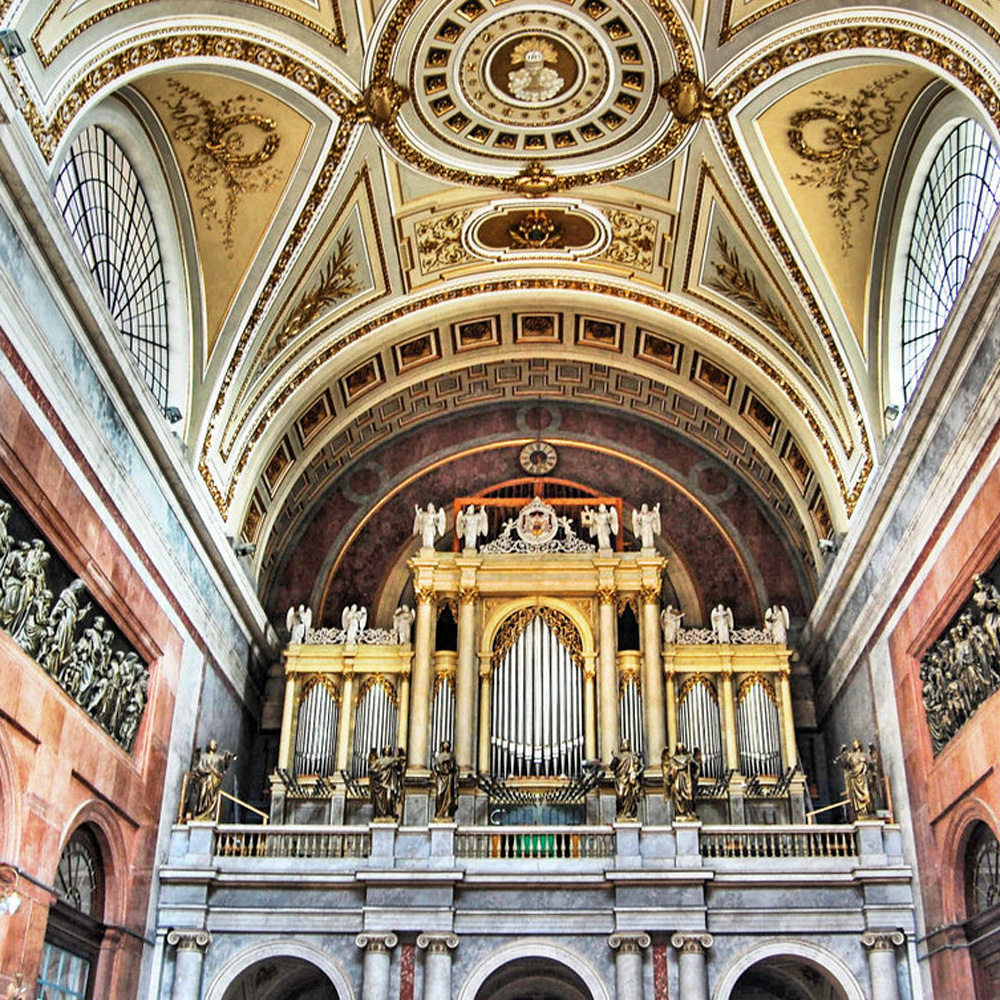
Liszt, Saint-Saëns and the organ (1866)
Edward Morton-Jack
The author outlines a meeting between the two great musicians, both of whose prowess as organists is little-known.
This story dates from 1866. Liszt was at that time living in Rome, where he was so well known that he gave his address as simply “Commandeur Abbé Liszt – Rome”. In early March he came to Paris for a charity performance of his Gran Mass. (The popular assumption persists that this means “Grand Mass”. No gran is the German name for the Hungarian city of Esztergom. The full name of Liszt’s mass is Missa Solemnis for the Consecration of the Basilica of Gran. Gran is the seat of the Roman Catholic Church in Hungary, and the Basilica there is still today the largest church – and the tallest building – in the country.)
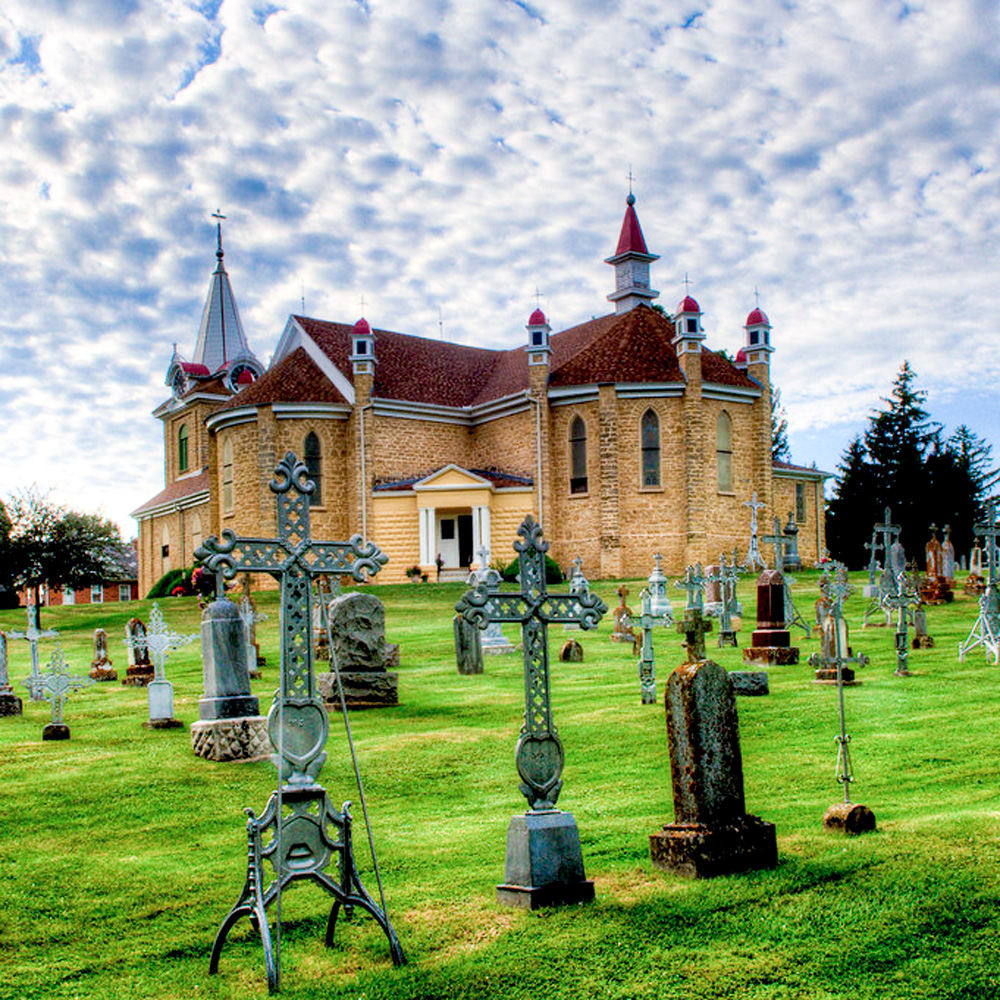
From Pigs to Pipes Antonin Dvorak, the Organist 1841-1904
Warren R. Johnson
He stood before the table with the knife poised in his hand. Down it came. Blood squirted. It smelled. How many times had he done this? Papa stood nearby doing much the same thing. This was papa’s shop. He expected his son would make his living butchering hogs. Antonin had other ideas.
At home, he heard music every evening. Downstairs in the tavern, papa played his zither. Before him, Antonin’s grandfather also played music. As early as age six, Antonin began to get musical training at the village school. He picked up the violin and began to learn how to play it. This seemed natural. He quickly learned that music would be his first love. He never did qualify to be a butcher.
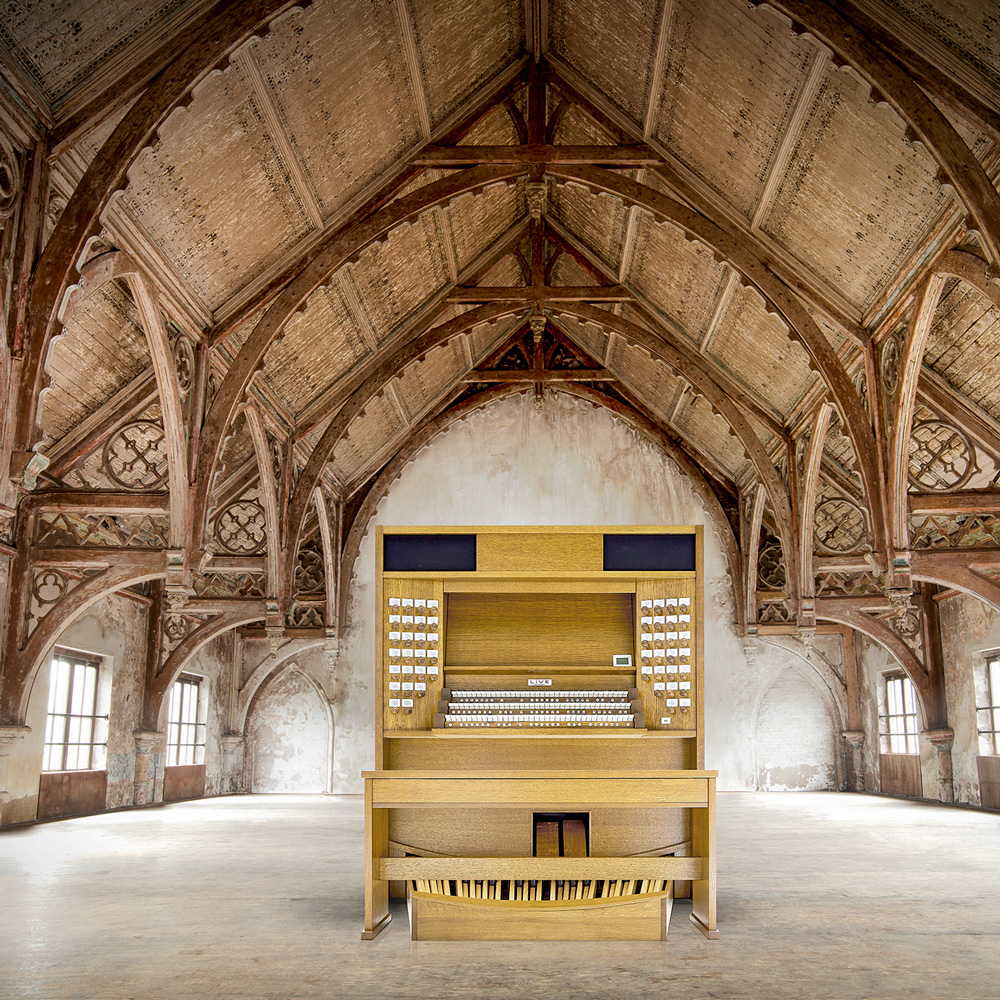
LiVE from Johannus
Makin Organs
The award-winning LiVE concept from Johannus has proven to be a world-wide winner when it comes to a quality home practice instrument. The Johannus LiVE marks the definitive dawn of a new era in organs, never have the classical pipe organ and the advanced digital organ converged so closely. From now on, you will be playing directly on the authentic organs standing in dozens of famous international churches and cathedrals. Fly in a heartbeat from Paris through Utrecht to Dresden from the comfort of your own living room with the Johannus LiVE and its authentic and professional recordings.
The original LiVE series of instruments were based upon an upright, positive style of console with digital paper displays to indicate the stops available on each organ. Watching the expressions on the face of organists when at the touch of a button the organ specification and all associated sounds changed has always been most rewarding. This concept fully developed in to the LiVE III AGO model which we sell in great quantity at ChurchOrganWorld.
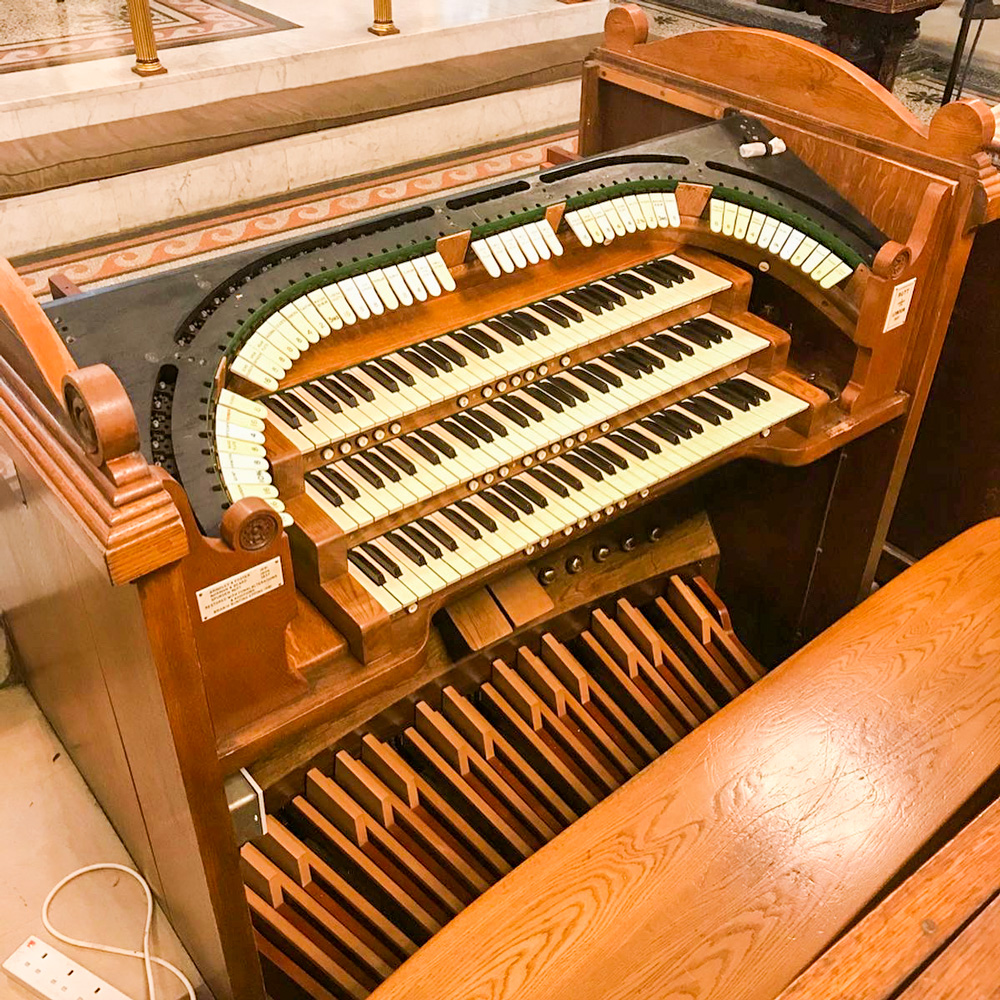
Organ builders celebrate 225 years
Bishops organs
Bishop and Son Organ Builders has over 225 years of tradition and experience in the art and science of organ building. They build, restore and maintain organs of any size and style from large cathedral instruments to small chamber and continuo models.
The firm continues to maintain the highest traditions and quality in both raw materials and craftsmanship. Rules that were set down by its founder, James Chapman Bishop, in the earliest days of the firm, state that only the highest quality materials be used in its workapprenticed or employed with Bishop & Son has been responsible for the refinement of the company’s skills and individual approach to the work used today. Bishop and Son has a strong tradition and house style and has been able to demonstrate an ability to provide reliable and artistic products which last for generations through extensive experience and careful design and development.

